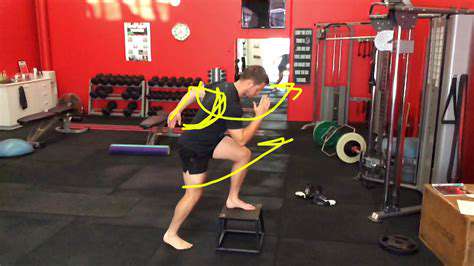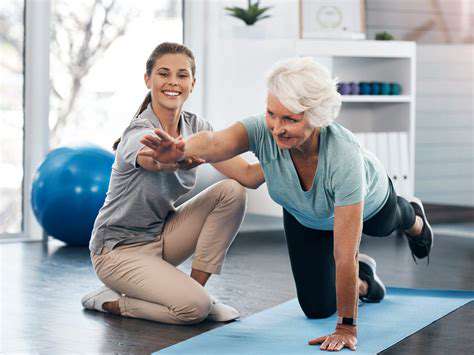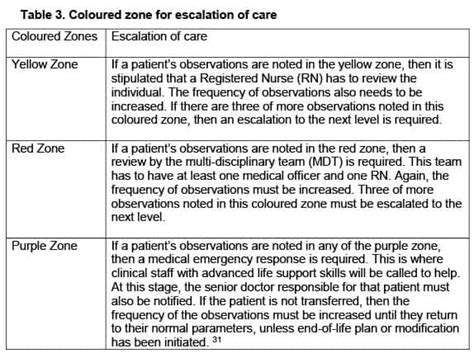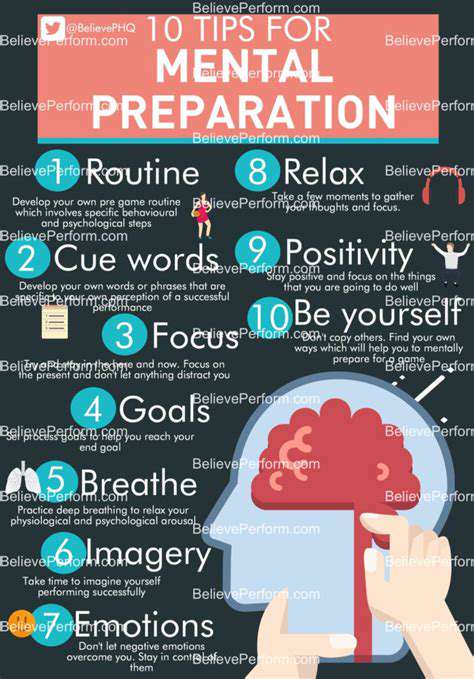Workouts for Superior Arm Stability
List of Contents
Arm stability enhances performance and reduces injury risk.
Strong core muscles are essential for optimal arm stability.
Poor neuromuscular coordination negatively affects arm stability.
Various exercises improve arm stability and strength.
Assessing arm stability involves specific tests and evaluations.
Incorporate stability training consistently for best results.
Balance training is crucial for overall stability and coordination.
Track progress in balance and stability training for effectiveness.
Gradual progression is key to improving arm stability.
Improved stability benefits both athletic performance and daily activities.
The Importance of Arm Stability

Understanding Arm Stability
Arm stability plays a make-or-break role in everything from throwing a baseball to carrying groceries. Think of it as your body's built-in shock absorber during movements. Studies prove that folks with better arm control not only perform better physically but also dodge injuries like pros. It's not just about muscle power - your nerves and brain have to work together like a well-oiled machine.
Ever notice how slouching makes your arms feel weaker? That's because proper posture acts like scaffolding for arm movements. Keeping shoulders aligned helps distribute force evenly, preventing those annoying tweaks and strains.
The Role of Core Muscles
Your midsection is the secret weapon for steady arms. A rock-solid core works like a transmission system, channeling power from your legs to your fingertips. Without it, your shoulders end up doing all the heavy lifting (literally!).
- Core strength = better arm precision
- Weak core = clumsy arm movements
- Strong abs boost overall athleticism
Try this: Next time you do push-ups, focus on squeezing your belly button toward your spine. You'll feel the difference immediately - like your arms suddenly gained superpowers!
Common Stability Killers
Ever wonder why some people wobble during arm exercises? Usually it's one of these culprits:
- Muscle teams not working together
- Stiff shoulders from too much sitting
- Brain-muscle miscommunication
Here's the kicker: Your nervous system controls movements better than any gym machine. Training it through balance challenges can work wonders for sports performance.
Real-World Stability Boosters
Ditch the boring routines! Try these game-changers:
1. Turkish get-ups (looks weird, works magic)
2. Plank-to-push-up combos
3. Resistance band shadow boxing
Pro tip: Slow down your reps. Going turtle-speed forces muscles to work harder for control. You'll feel the burn - and see the results.
Testing Your Stability
Want to check your progress? Try these DIY tests:
- Single-arm wall push-up hold (can you maintain 30 seconds?)
- Water bottle balance challenge (keep it steady during arm raises)
Better yet, film yourself doing arm exercises. Watching playback often reveals wobbles you didn't feel!
Making Stability Stick
Here's the truth bomb: Consistency beats intensity every time. Two 15-minute stability sessions weekly trump one marathon workout. Pair stability drills with your regular routine - like adding balance boards to shoulder presses.
Key Exercises for Arm Stability
Stability 101
Your shoulders are like the quarterback of arm movements - they call the shots. Research shows that stable shoulders can slash injury risks by up to 40% in throwing sports. It's not just about big muscles - the tiny stabilizers matter most!
Game-Changing Moves
- Band pull-aparts (perfect for desk jockeys)
- Scapular push-ups (look easy until you try them)
- Bottle-cap rotations (great for office breaks)
Mix these into your warm-ups - your future self will thank you during heavy lifts.
Functional Fitness Hacks
Turn daily tasks into stability workouts:
- Carry groceries with straight arms
- Open heavy doors slowly
- Practice pouring drinks with controlled motions
Incorporating Balance Training

Why Balance Matters
Balance training is like WiFi for your muscles - it helps everything communicate better. Studies show balance pros recover 30% faster from slips and trips. Bonus: Better balance means sharper reflexes in sports and daily life.
Simple Starters
- Brush teeth standing on one leg
- Try laptop work on a stability ball
- Do calf raises while waiting in line
Progression secret: Close your eyes during balance holds - it amplifies the challenge!
Consistency and Progression are Key

The 1% Rule
Improve just 1% daily - in 2 months, you'll double your stability! Track progress with:
- Weekly stability selfies
- Exercise duration logs
- Weight/resistance increases
Progression Playbook
Level up safely:
1. Master bodyweight moves
2. Add unstable surfaces (pillows, foam pads)
3. Incorporate dynamic weights (sandbags, water bottles)
Stuck? Try alternating heavy/light days - it keeps muscles guessing!


